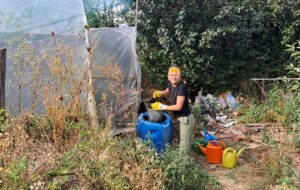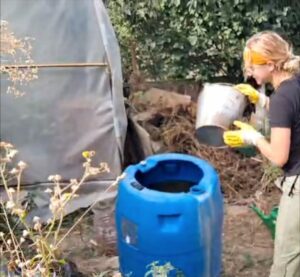FERTILIZING – Natural Fertilizing: Using Plant and Worm-Based Inputs for Healthy Plants
In the world of sustainable agriculture and gardening, natural fertilizing methods are an excellent way to promote plant health without relying on chemical additives. On our land, we use a creative mix of plant-based infusions and valuable worm compost to naturally strengthen our plants.
Our fertilization process begins with creating a potent plant infusion. This infusion consists of water and a carefully selected mix of plants such as dandelion and nettles. These plants are powerhouses, providing essential nutrients like nitrogen, potassium, calcium, iron, silica, amines, carotenoids, flavonoids, phosphorus, and vitamins A, C, and E. By letting the infusion sit for a week, these valuable nutrients are allowed to fully develop.
In addition to our plant infusion, we use worm compost produced in our specialized worm farm. Here, we feed our special worms with horse manure and compost. These industrious helpers transform these organic materials into nutrient-rich soil. Every few days, we water the worm farm, resulting in a nutrient-rich liquid full of valuable bacteria and fungi. These microorganisms strengthen the plants and help them defend against diseases.
The finished mixture of plant infusion and worm juice is then vigorously stirred to aerate it. This step is crucial, as the microorganisms in the fertilizer need oxygen to work effectively. The resulting natural fertilizer is then applied to our plants.
Our greenhouse vegetable plants particularly benefit from this. By regularly using this natural fertilizer, the plants remain strong and healthy, providing us with fresh vegetables even in winter. The sustainable fertilizing method not only enhances plant quality but also positively impacts the environment.
If you are interested in natural agriculture or gardening, this approach offers an inspiring way to promote plant health while also protecting the environment. Using plant infusions and worm compost combines sustainable practices with effective nutrient delivery – a win for both the garden and nature!
By Sarah K.



